Easter Traditions Around the World: Diverse Ways of Celebrating Easter
CHRISTIAN HOLIDAYS


Easter, one of the most important Christian holidays, is celebrated in various ways across the globe. From processions and special foods to unique festivities, each culture and country has its own set of customs and rituals that add to the richness of Easter observances. In this article, we will delve into the diverse traditions observed during Easter, shedding light on their historical and cultural significance.
1. Semana Santa in Spain
One of the most renowned Easter traditions takes place in Spain, where Semana Santa, or Holy Week, is celebrated with great fervour. Throughout the week, elaborate processions fill the streets of cities like Seville and Malaga. Participants dress in traditional robes and carry religious statues through the city, accompanied by solemn music and incense. The atmosphere is one of reverence and devotion, as locals and tourists alike gather to witness these impressive displays of faith.
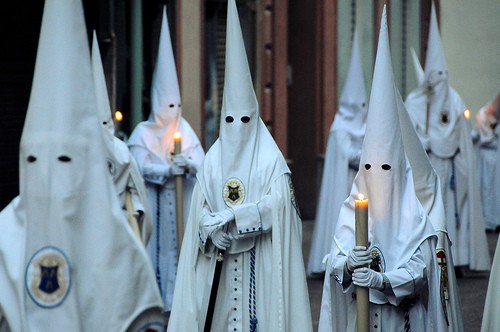

2. Easter Eggs in the United States
In the United States, Easter is often associated with the tradition of decorating and hunting for Easter eggs. Families gather to dye eggs in vibrant colours and hide them for children to find. This tradition has its roots in the Christian belief in the resurrection of Jesus, symbolized by the egg. The Easter egg hunt has become a cherished activity, bringing joy and excitement to children across the country.
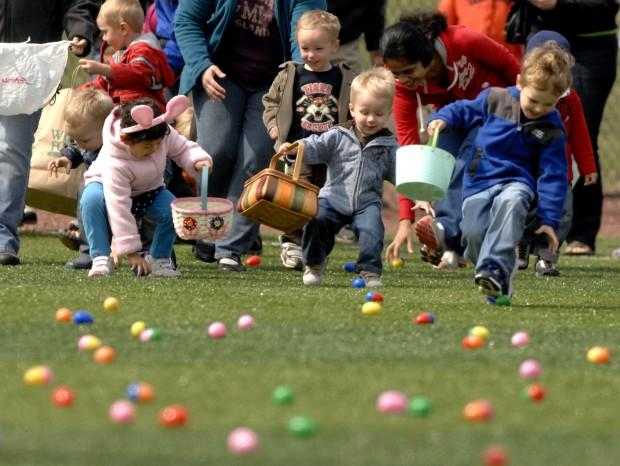

3. Paschal Lamb in Greece
In Greece, Easter is known as Pascha and is celebrated with a special focus on food. The centrepiece of the Easter feast is the Paschal Lamb, which is traditionally roasted on a spit and served with various side dishes. This meal symbolizes the sacrificial lamb of the Old Testament and represents the victory of Christ over death. Families come together to enjoy this festive meal, often accompanied by music, dancing, and fireworks.
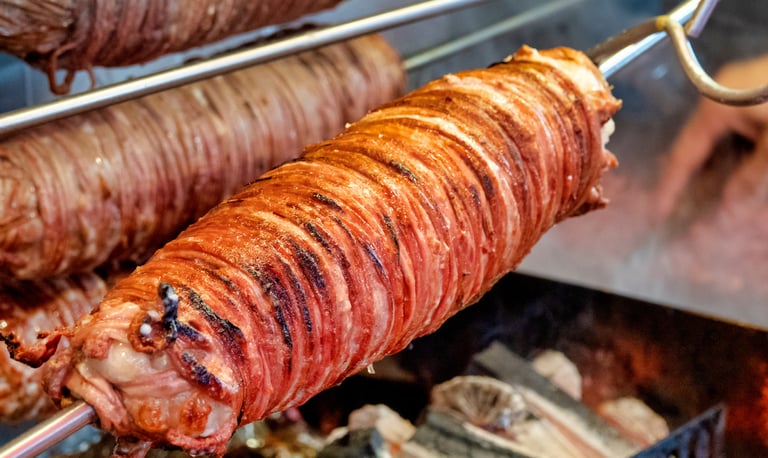

4. Kite Flying in Bermuda
In Bermuda, Easter is marked by a unique tradition - kite flying. On Good Friday, locals gather on the beaches and parks to fly colourful kites, symbolizing the ascent of Christ into heaven. This tradition has its roots in the belief that flying a kite on this day will bring good luck and ward off evil spirits. The sky becomes a vibrant display of kites of all shapes and sizes, creating a festive and joyful atmosphere.
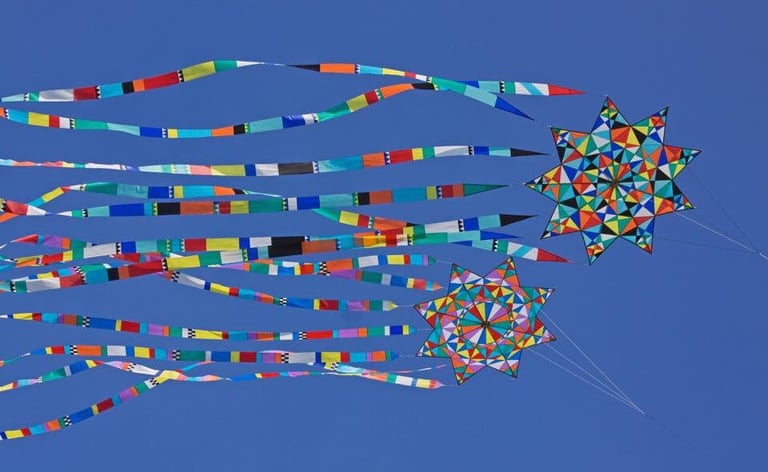

5. Water Fight in Poland
In Poland, Easter Monday is celebrated with a playful tradition known as Śmigus-Dyngus or Wet Monday. On this day, people engage in water fights, splashing each other with buckets of water or using water guns. This tradition is believed to bring good luck and fertility for the coming year. It is a lighthearted and fun-filled way to celebrate the end of Lent and the arrival of spring.
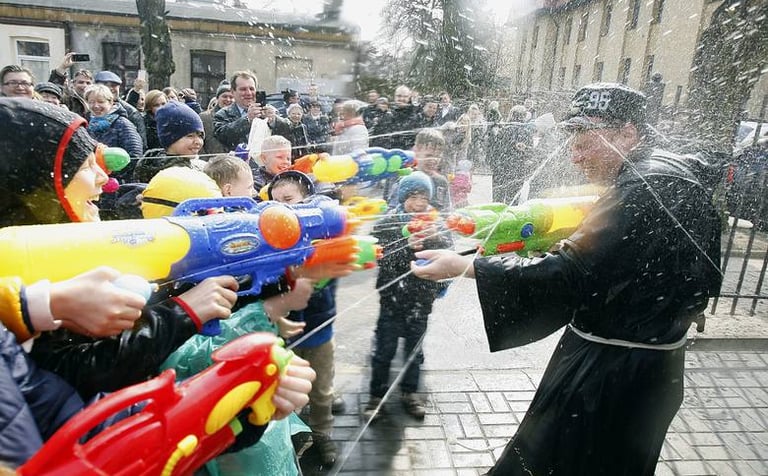

6. Burning of Judas in Mexico
In Mexico, the Easter tradition of burning Judas takes place on Holy Saturday. Large effigies of Judas Iscariot, the disciple who betrayed Jesus, are constructed and filled with fireworks. These effigies are then set ablaze, symbolizing the triumph of good over evil. The burning of Judas is a cathartic ritual that allows people to release negative energy and embrace the hope and renewal that Easter represents.
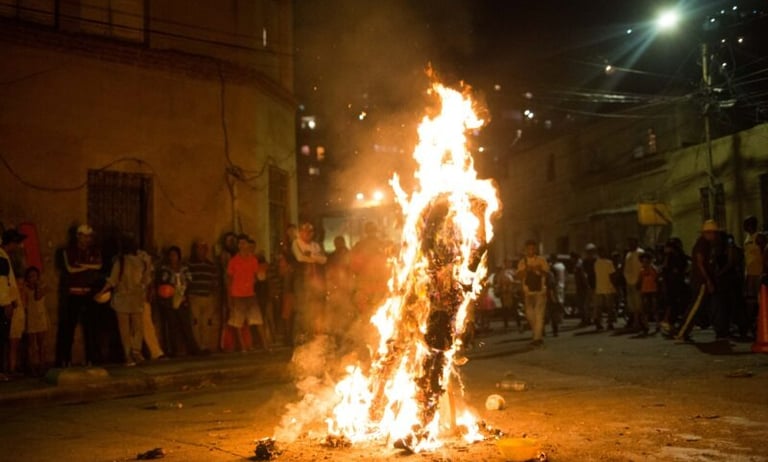

7. Sunrise Service in Australia
In Australia, Easter Sunday begins with a sunrise service, where people gather at beaches, parks, and outdoor venues to welcome the dawn of a new day and celebrate the resurrection of Jesus. The service is often accompanied by hymns, prayers, and a sermon delivered by a local religious leader. The beauty of the sunrise combined with the spiritual significance of the occasion creates a powerful and uplifting experience.
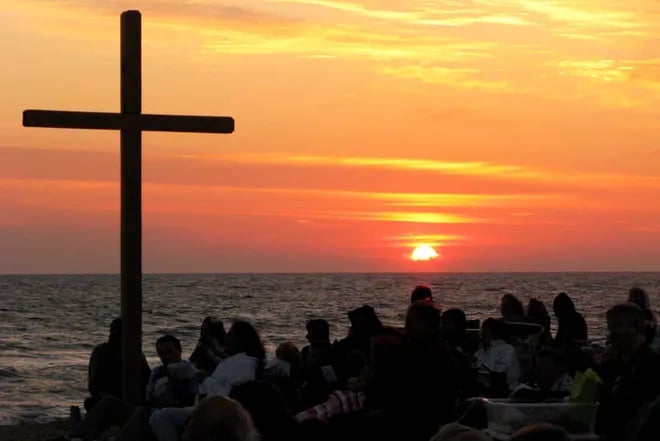

8. Processions in the Philippines
In the Philippines, Easter is marked by elaborate processions depicting the Passion of Christ. These processions, known as Pabasa, involve participants walking through the streets while singing hymns and praying. The highlight of these processions is the reenactment of the crucifixion, where devotees willingly undergo the crucifixion experience as an act of penance and devotion. This intense display of faith is a unique and deeply ingrained tradition in the Philippines.
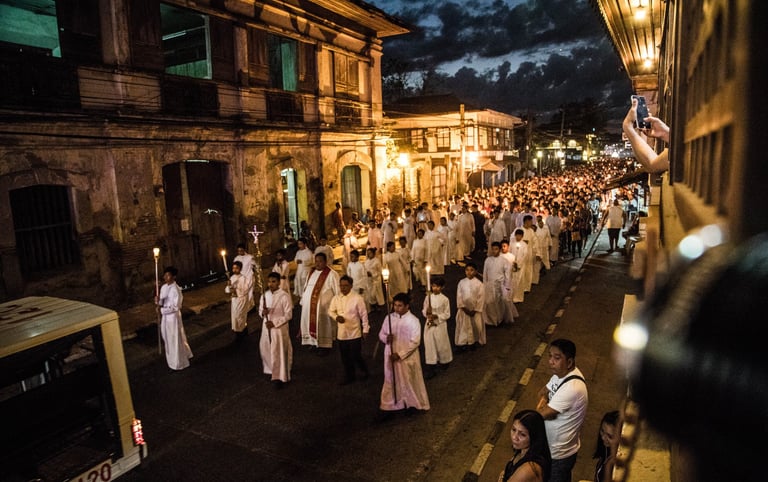

Conclusion
Easter traditions around the world offer a glimpse into the diverse ways in which this important holiday is celebrated. From the solemn processions of Spain to the playful water fights in Poland, each tradition carries its unique significance and adds to the global mosaic of Easter observances. These customs not only reflect the historical and cultural backgrounds of different regions but also serve as a reminder of the shared values and beliefs that unite people across the globe during this special time of year.
